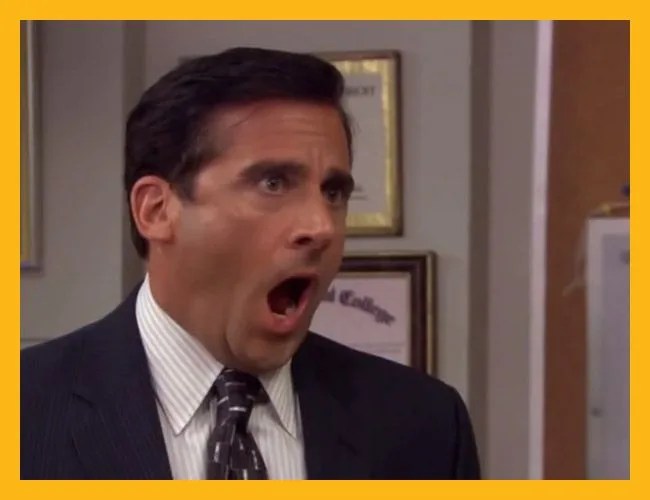
Blame it on Norman Vincent Peale’s The Power of Positive Thinking: many of us Americans, on several levels, don’t understand the function of the word no. In Psychology Today, Judith Sills, PhD puts it plainly: “It’s likely that we are unaware of the surge of strength we draw from no because, in part, it is easily confused with negativity. Either can involve a turning away, a shake of the head, or a firm refusal.”
Or maybe They Might Be Giants, the elder statesmen of geek pop, said it best on the title track to their 2004 children’s album, No! — “No is no, / No is always no, / If they say no, / It means a thousand times no … Finger pointing, eyebrows low, / Mouth in the shape of the letter O.” Maybe no just rekindles memories of that one toy you really wanted but were refused.

Whatever the hangup, our collective ire towards saying no has been both contested and further cemented by the rise of the pseudo-scientific thinkpiece. For example: Panache Desai wrote in The Huffington Post’s Healthy Living section: “Yes is the essence of openness, freedom, and Divine love. Once you begin triumphantly saying yes, life flows, opportunities arise, and people appear that elevate your course and frequency forever.” But then, in Huff Po’s Financial Education sector, Stephanie Wagner wrote that “no actually means ‘yes’ to something else,” writing that as a woman in business, “yes” was her “knee-jerk reaction to every query” — whereas Desai, ironically, purports that “When faced with a proposition or question, no is often our knee-jerk response.” In Forbes, Molly Cain acts as middleman: “It could be you don’t need to entirely quit saying yes. You may just need to analyze when you’re saying yes and what you’re trading for it.” Which all adds up to a hell of a lot of talk over something that seems simple.
The proper no is a polite no, which is three things: a definitive answer, a summary of the reasons for it, and a suggestion for alternatives.
What’s most important is that you understand the word’s basic function, and rather than shy away from it, let its purpose guide the way you use it. For its definition we return to Psychology Today: No, Sills writes, “implicitly acknowledges personal responsibility… It says that while each of us interacts with others, and loves, respects, and values those relationships, we do not and cannot allow ourselves always to be influenced by them. The strength we draw from saying no is that it underscores this hard truth of maturity: The buck stops here.”
